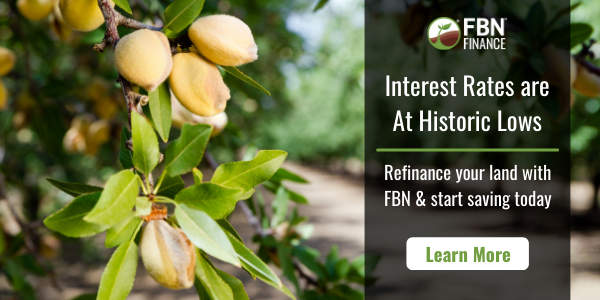
High yields in an alfalfa variety are positively correlated with weed, insect and disease resistance.
At a recent UC Alfalfa & Forage Virtual Field Day, Dan Putnam, statewide alfalfa & forage extension specialist, explained why alfalfa variety selection plays an important role in integrated pest management.
With high yields, Putnam explained, comes vigorous regrowth that suppresses weeds. Persistence in a variety means that plants can recover from insect pressure. Choosing an alfalfa variety for its resistance traits ensures a good stand for the life of an alfalfa field.
Taking into account the growing region where alfalfa is planted, Putnam stressed that yield performance should be the deciding factor in variety selection. Varieties may look similar in the field, but over the life span of an alfalfa stand, yield differences and return on investment can be significant. Yield differences can also overcome higher seed prices for high-yielding varieties.
“Always look at performance first, not the price of seed,” Putnam said.
Alfalfa varieties have been developed for different growing regions. Dormancy type should be matched with the specific growing region. A UC Davis website lists the regions and varieties developed for each.
Putnam said a high fall dormancy score for a variety equals higher yields. Alfalfa forage quality is higher in varieties with low dormancy scores.
When it comes to pest and disease resistance, Putnam explained that it is not always absolute as high numbers of pest or significant disease pressure can overwhelm even highly resistant varieties. Using highly resistant varieties does not negate other management, including monitoring, spray timing and beneficial insects.
A variety that is listed as highly resistant to a pest or disease means that at least 50% of the plants in a stand will survive. Since alfalfa plant numbers are so high, Putnam said 80% of seedlings can be lost and the stand will be viable.
In regions where aphid complex, stem nematode, fusarium wilt and Phytopthora are significant challenges to a healthy alfalfa stand, growers should choose highly resistant varieties.
Key points of alfalfa variety selection include performance, choosing a fall dormancy rating appropriate to the growing region and prioritizing pest resistance traits for specific sites. Growers should also consider biotech traits when making variety choices.
Where there is a yield/quality tradeoff in an alfalfa variety, Putnam said that in the current alfalfa market, yield is currently the most important consideration.
















